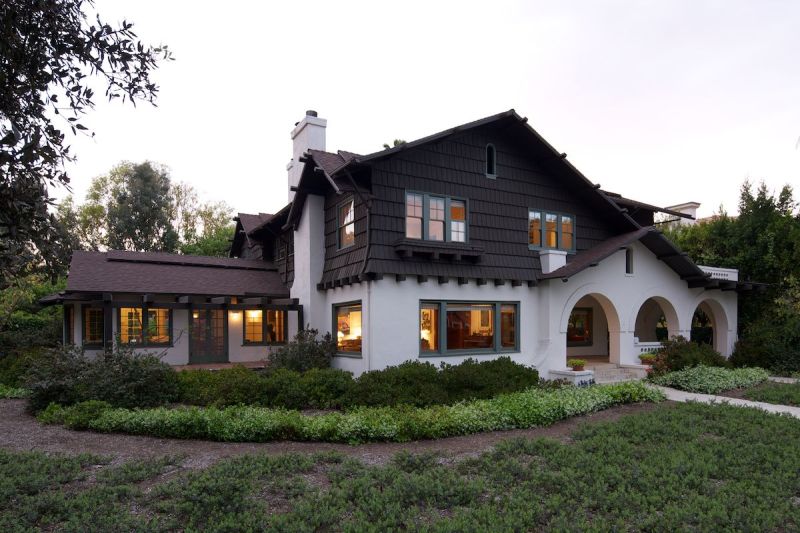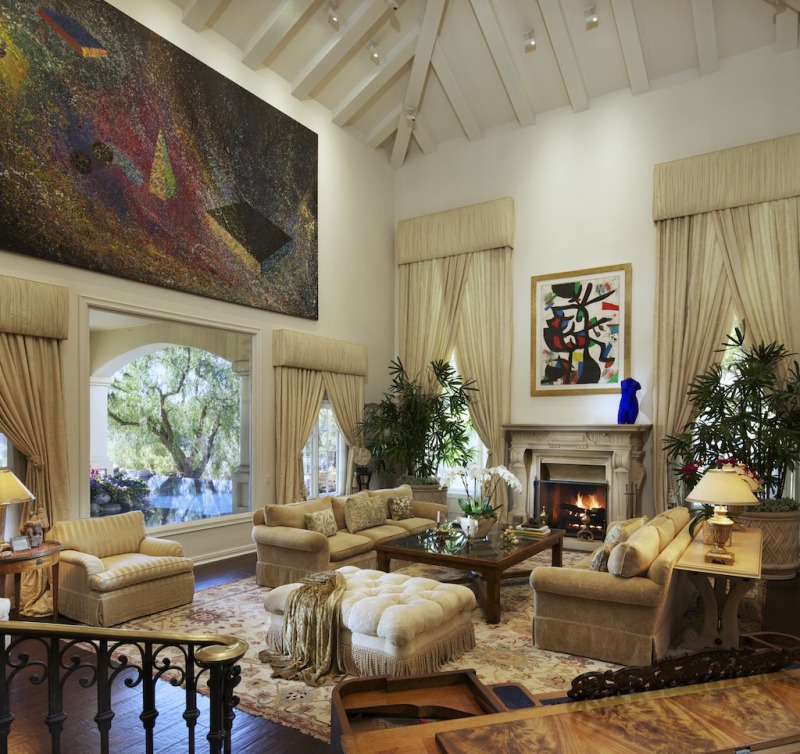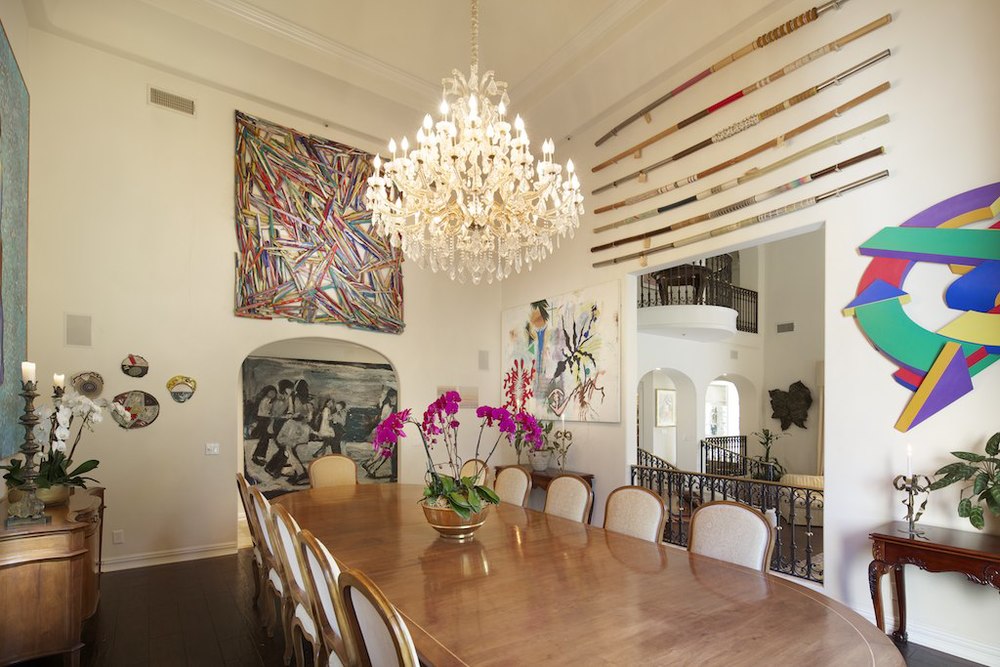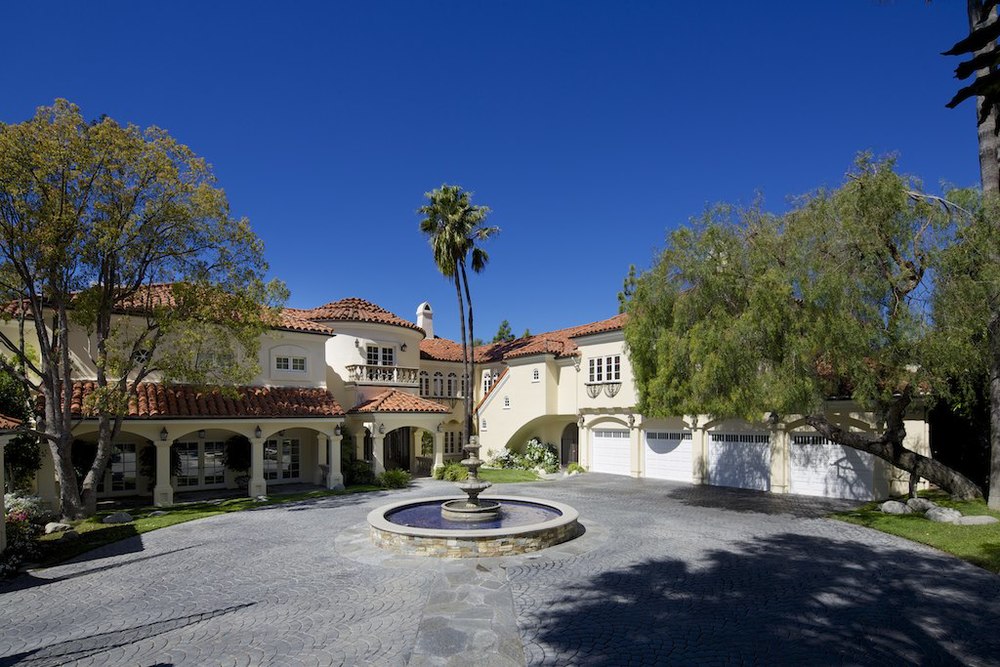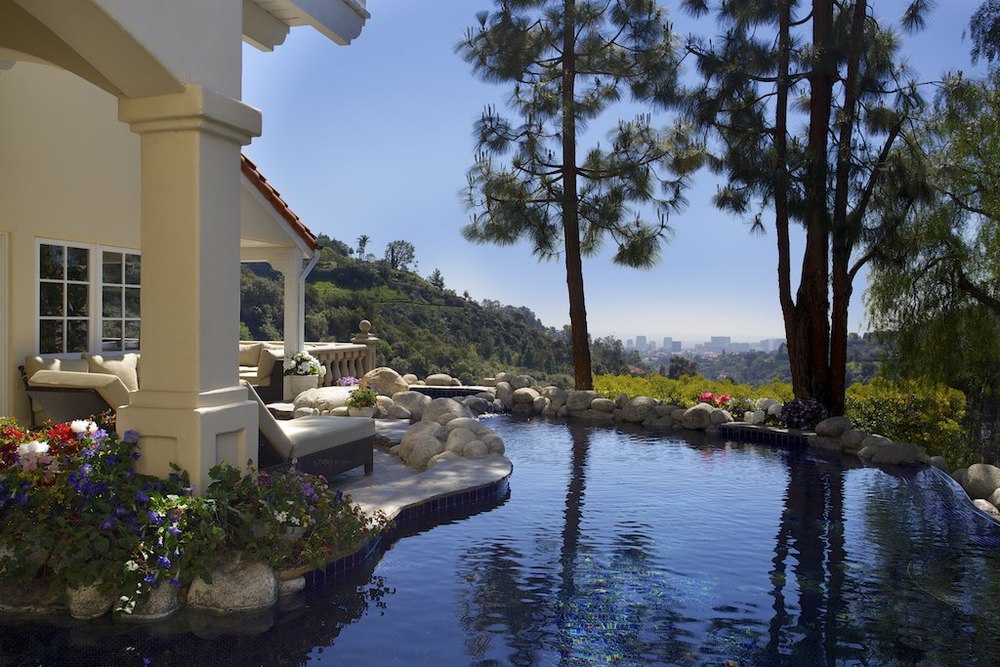Over the past few months, I've been working with the Beverly Hills Historic Preservation Society to photograph historical or otherwise significant pieces of architecture throughout Beverly Hills in an effort to raise awareness of the city's incredibly diverse architecture and the inherent beauty it contains. I've never been an enormous architectural buff or lover of obscure architecture, but I'd be kidding you if I said I haven't started to appreciate the incredible pieces of architecture that can be found throughout LA. While I don't really subscribe to the current 'Beverly Hills' lifestyle (nor do I think I ever will), to be able to work in and see these locations is really something special and I've often got to pinch myself to make sure that this is really happening.
Many years ago, before the influx of people and massive population growth in the Los Angeles area, these homes were crafted with incredible and often painstaking attention to detail and beauty. It unfortunately seems that the homes built in the area today are rather cookie cutter in comparison, and I must say that I really prefer the Beverly Hills of old, all of these homes so full of character and charm, and I very much enjoy being able to raise awareness and show people that there's a bit more to Beverly Hills than the polished and uppity Beverly Hills that we often hear about. Anyway, that's enough rambling for now.
This home in particular is the Locke House, and it lies at the intersection of Rodeo and Lomitas. To celebrate this home's recent inclusion on the list of protected Beverly Hills historic landmarks, a shoot was commissioned and I was so excited to be able to have the opportunity to photograph something so different to what I usually do. It was just a couple of months ago that I was photographing an incredible Greene & Greene home in Pasadena, also of enormous historical signifigance. I'm finding a real affinity for these old homes - there is just nothing like them being built today, and they present a unique series of challenges when it comes to photographing them due to their old layouts and architectural quirks.
Anyway, lets get on to the fun stuff. For this shoot, I used a Manfrotto 3258 for the first time - I think some markets call it a 161MK2B. Whatever it is, I digress, there are a bunch of arbitrary numbers and it's a tripod. It was my first time using this thing - and if you'll notice, it's ABSOLUTELY HUGE! I have been looking for awhile to pick up one of these tripods to get a little bit of elevation in my shots, which is an enormous hurdle to jump. First, I've got to ensure absolutely perfect stillness over the course of hours, which gets exponentially harder the larger the tripod is because the longer legs are susceptible to more torsion and twisting, and the same amount of weight on top of longer legs is easier to move around if they aren't reinforced, and on and on, and something about physics and motion arms that would bore the hell out of you. I wasn't too keen on paying for scissor lifts or Grad-Alls to get elevation, plus they incur a permitting nightmare when you're working in LA, so this tripod seemed to fit the bill perfectly. At maximum extension I can get up to a little over ten feet by my estimating skills. Here's a picture of me on a ladder trying not to hurt myself as I balance up there adjusting settings:

Nerd in the wild!
After I set up the composition and figured out just how to set up this enormity of a tripod, we kicked around and waited for the light to fall so we could add our light and get all of the elements we needed to make the image happen. We were treated to what must have been one of the most spectacular sunsets I've ever seen, which actually just looked TOO good for the final image. I don't want the skies to distract, but rather to add to the image, and while this was simply incredible to witness, it was far too much to use in the final image.
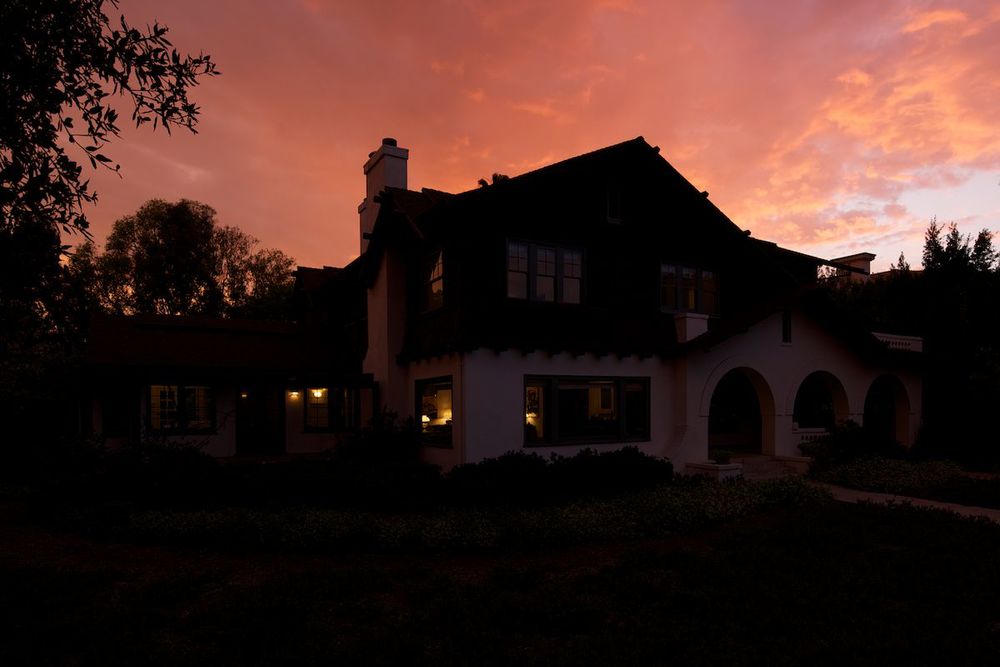
What I ended up using for the final image were some sunsets captured the same night, but in different directions - here you can see how I ended up compositing them and delivering them to the client to pick what she liked best. One of the best parts of creating images the way I do is the amount of control I have over every aspect of an image. Want a different sky? No problem. Different color balance? You got it.
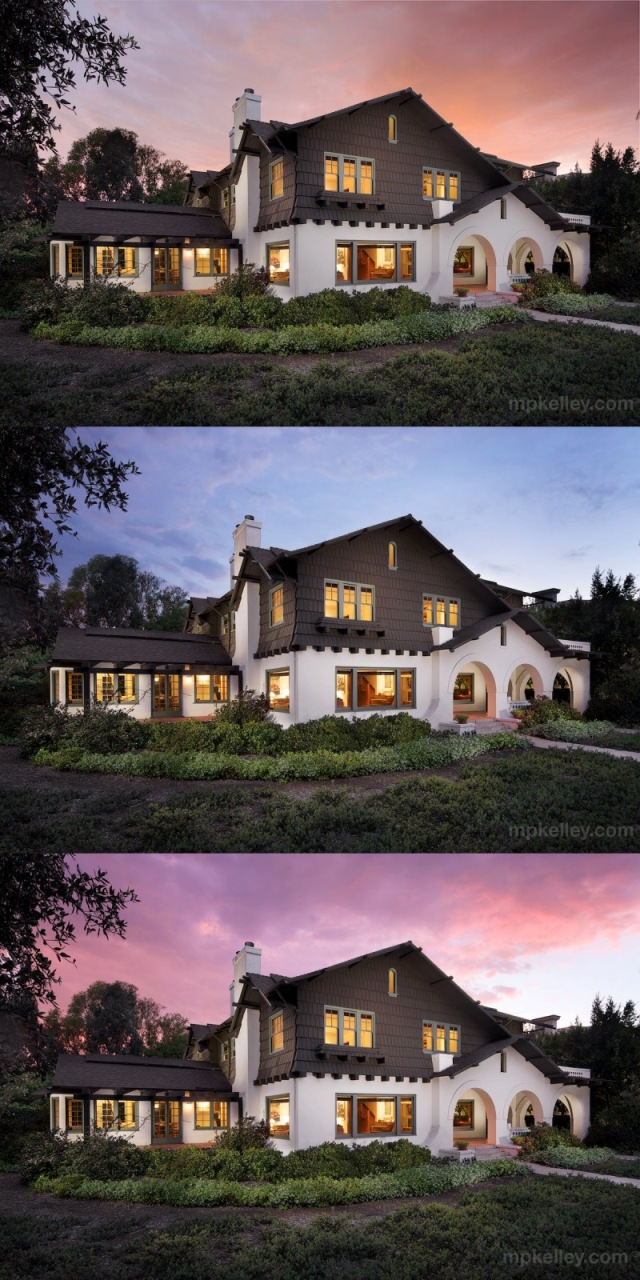
I was perosnally absolutely in love with the top image - it just embodies my personal mantra of 'possible, but unlikely,' striking the perfect balance between an image that is over-edited to the point of being unbelievable, but yet edited enough to instantly grab your attention and let you believe that I captured something that can happen in real life. Here's the final image in all of its glory, which I proudly threw almost immediately into my portfolio.
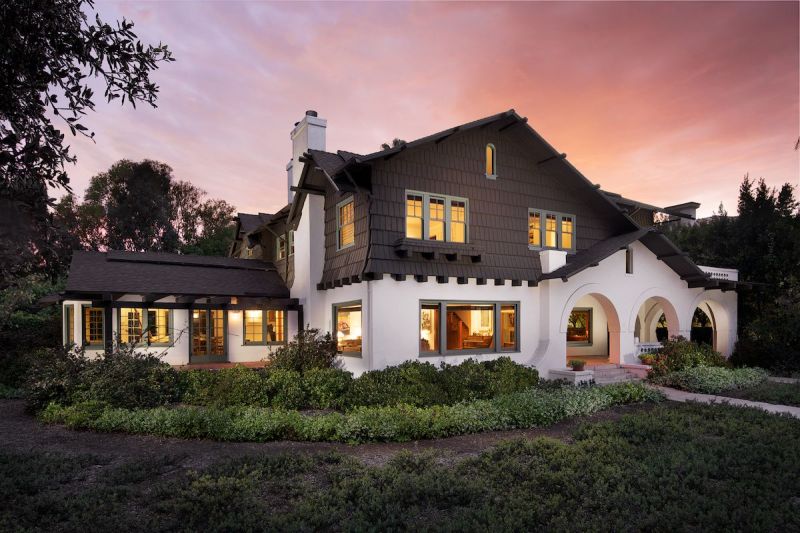
This is quite a departure from our initial test shot, seen below, and a great example of why it takes so long to create one of my images. Three hours on location and eight hours in post were what went into this shot, and I feel it was worth every second. The client got an image that they won't forget, the homeowner was thrilled, and we presented a unique piece of Beverly Hills in an awesome light that will hopefully get people excited about architectural gems like this.
